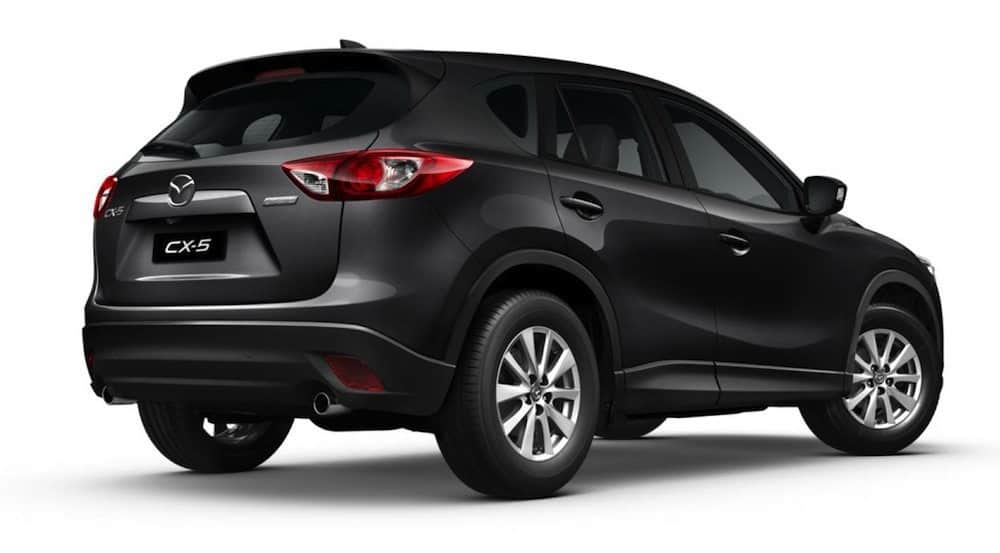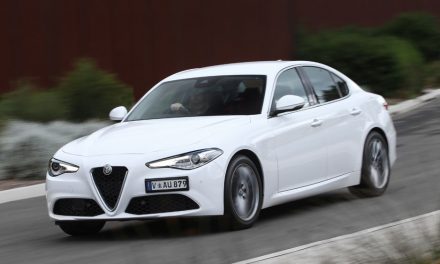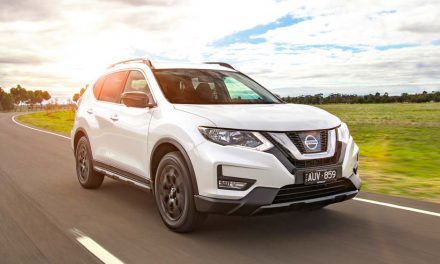There is a lot to be said for the all-new Mazda CX-5, the first being that it is the replacement for the short-lived CX-7. After a not so impressive five-year run, Mazda decided to give it a graceful demise and replace it with the better-equipped, more compact 2012 CX-5. Although it is smaller than its predecessor, it gains cabin space, making it comfortable for a compact SUV. Another important change is the price, which is almost $6,200 less than price of the most affordable CX-7. It also holds the title for being the first Mazda to be built using the new, more efficient “Skyactiv” technology. What this means for the CX-5 is a lighter, stiffer chassis and a stronger yet lighter body. There is even a brand new “Skyactiv-D” turbo diesel that will be available as a choice for the CX-5. The CX-5 packs a lot of new technology into a small package that will hopefully help it survive longer than the CX-7. For 2012, trim lines include the Grand Tourer, Maxx, and the Maxx Sport. All are available in variations of diesel or petrol engines and all but the Grand Tourer available in FWD as opposed to AWD.
For 2012, CX-5 buyers have an option of two “Skyactiv” engines, a petrol version and a diesel version. The 2.0-liter in-line four-cylinder 16 valve petrol engine produces around 113kW and has a fuel usage of 6.9L/100km. The brand new diesel offering is a 2.2-liter in-line four-cylinder 16 valve intercooled turbo diesel that will provide the CX-5 with 129kW and a fuel usage of 5.7L/100km. Mazda claims a 0-100km/h time for the petrol engine of 9.4 seconds based on a FWD manual CX-5. Its performance will not win any races, but for a compact SUV it gets you where you need to go relatively quickly without wasting fuel. When deciding between a FWD or AWD version of the CX-5, independent testing shows a slighter better fuel usage in the AWD. The lack of pure power seems to affect the handling as well, as rounding corners or overtaking another vehicle seems to be a challenge for the CX-5.
The interior of the 2012 CX-5 has been redone to provide not only more cargo space but more passenger space as well, even though it is 50mm shorter than the CX-7 was. All seating areas provide enough room and supportive comfort that seems to be more than sufficient for long road trips. The rear window line is also lower allowing better visibility for rear seat passengers. The seats fold down and adjust to allow for almost any shape of cargo to fit in the boot, and by moving the rear seats to the forward and downward position, you increase the boot size from 403 liters to a very spacious 1560 liters. They have also put thought into extra storage areas as it features door pockets molded to fit one-liter bottles along with various other bins to hold whatever you need them to. The tradeoff for the increased storage seems to be the use of cheaper looking plastic components, but overall, the extra storage is worth it. It does also feature all the latest technological gadgets standard, so if they saved money on plastic trim to improve things that do matter, it makes sense.
The base Mazda CX-5 with only FWD and the 2.0-liter petrol engine starts at around $31,493, add AWD and the price jumps to $36,128, and for the top of the line CX-5 with AWD, diesel engine, and all the extras you are going to pay around $52,726. Sounds like a little much for a compact SUV but when you take the spacious interior and above average fuel economy, as well as the long list of amenities, perhaps the cost is justified.
The Mazda CX-5 seems to be a suitable replacement for the CX-7, and provides a compact SUV with above average passenger and cargo space. The all-new styling is much more attractive than the awkward looking Mazda SUV’s of the past, and seems to be just another item on the long list of improvements for 2012. With all the competition in the SUV market, it seems the only way to compete is to start over and create a new design with more features. Maybe next year they will address the engine issue and provide something more suitable.









